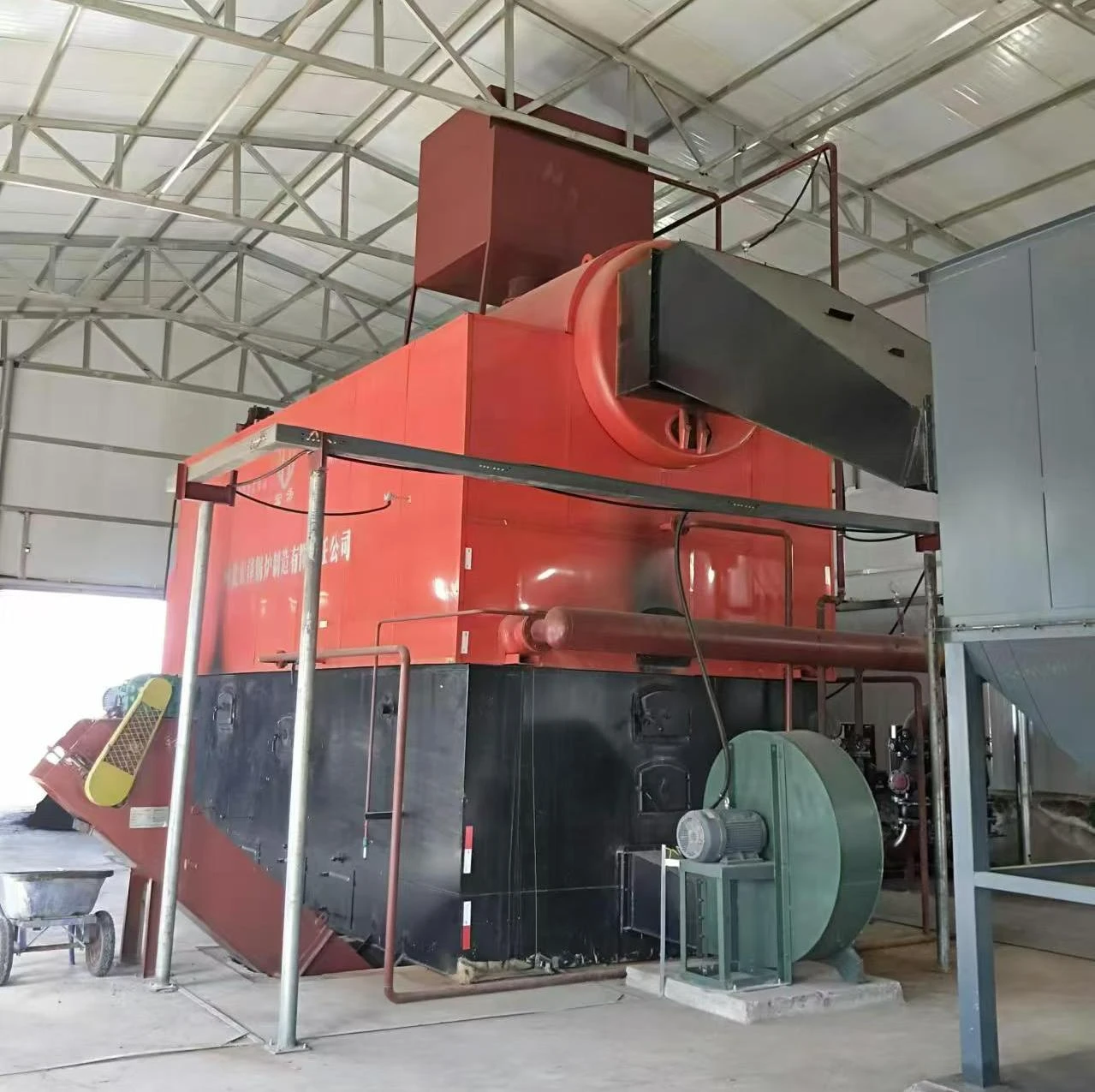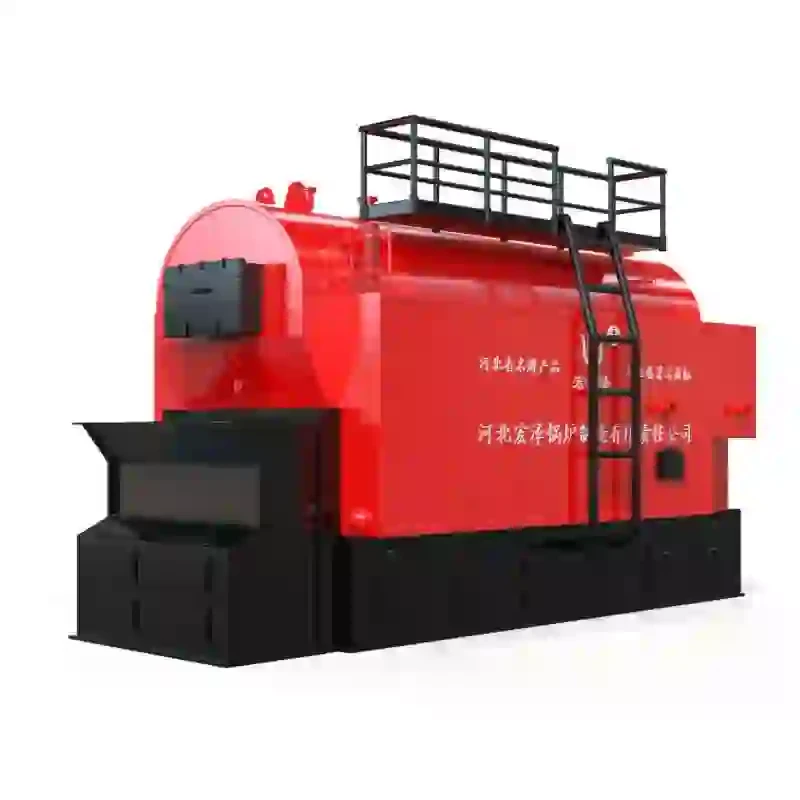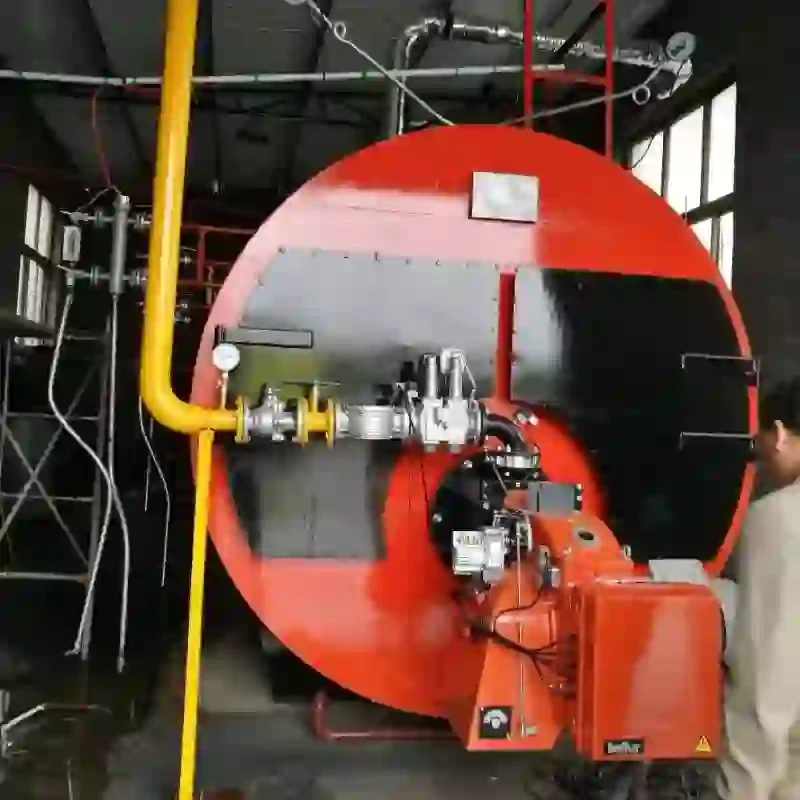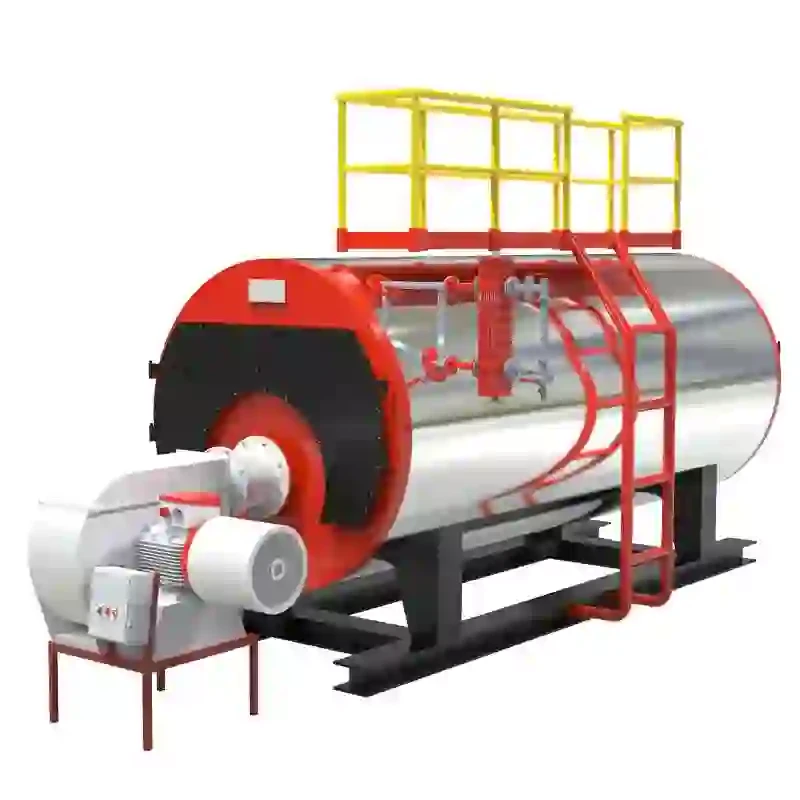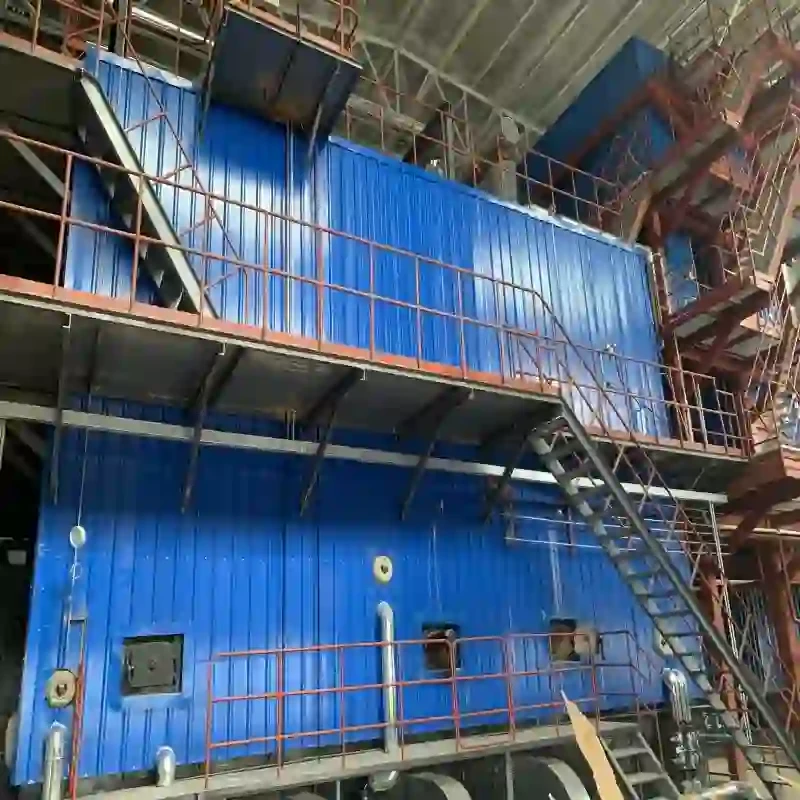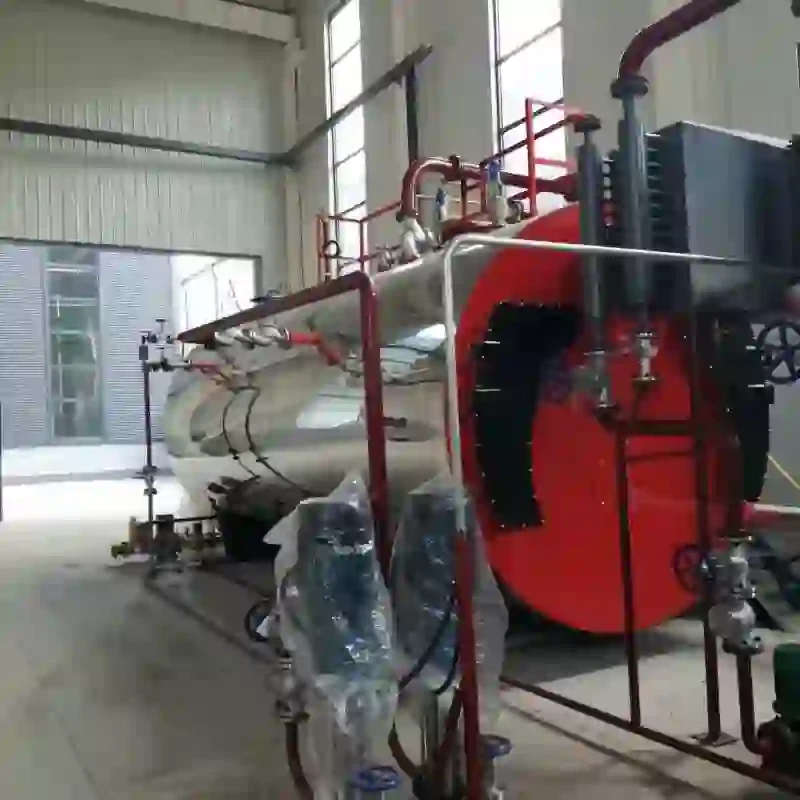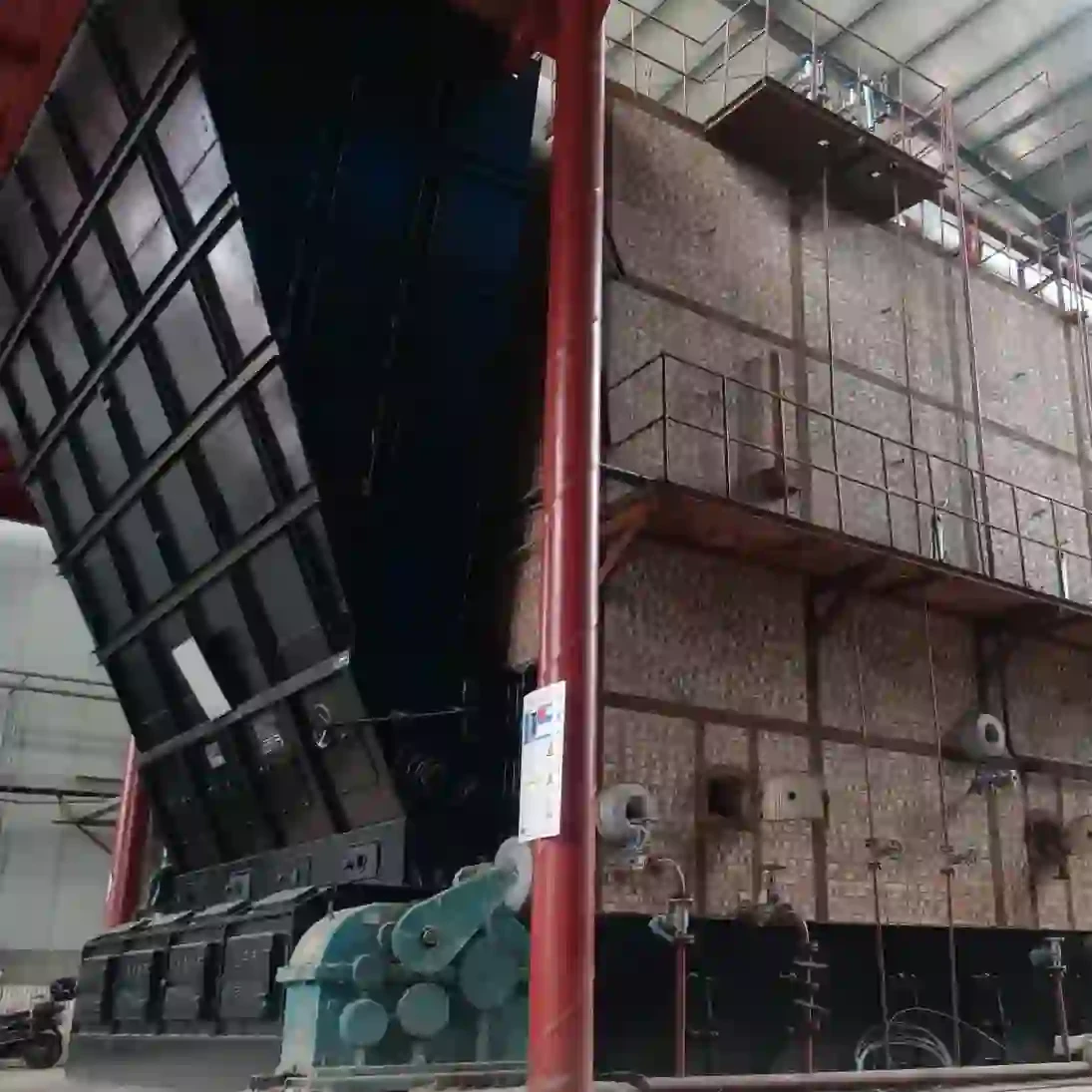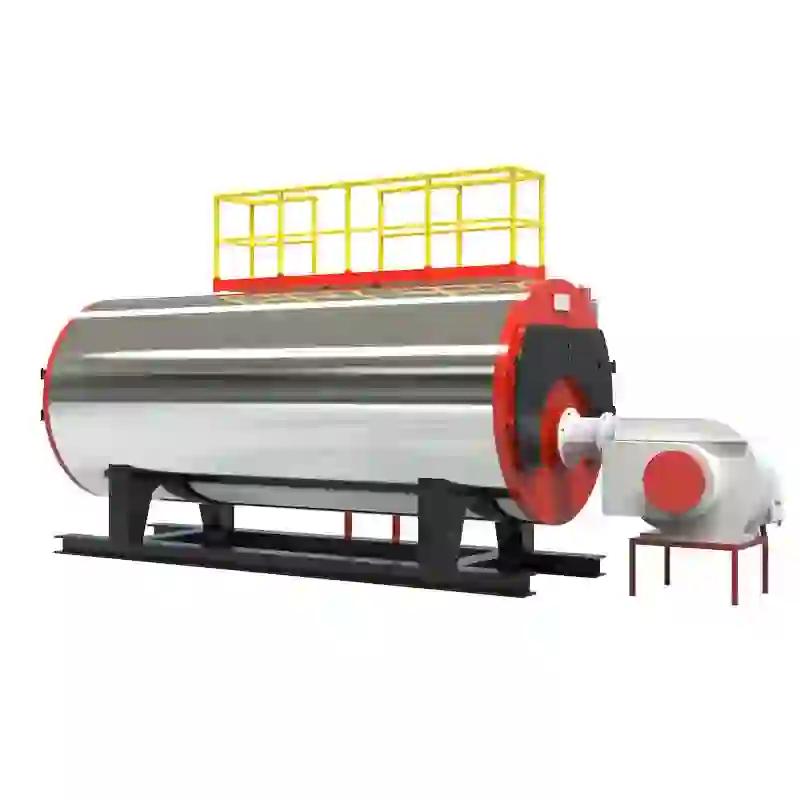
កក្កដា . 07, 2025 07:17 Back to list
High-Efficiency Biomass Steam Boiler for Industrial Use Eco-Friendly Biomass Fired Steam Boiler Solutions
- Introduction to biomass steam boiler
technology and its importance - Key technological advantages of modern biomass steam boilers
- Comparative analysis: biomass versus conventional boilers
- How manufacturers compare: table of leading vendors and their features
- Custom solutions for various industrial needs
- Application case studies: practical outcomes & real-world benefits
- Conclusion: The future outlook of biomass steam boiler deployment

(biomass steam boiler)
Understanding Biomass Steam Boiler: Efficiency and Sustainability
The biomass steam boiler stands out as a crucial solution for contemporary energy challenges. This technology harnesses biomass fuel to generate steam efficiently, representing both an ecological and economical alternative to conventional fossil-fuel-based systems. Unlike traditional boilers, which often rely on non-renewable energy, the biomass fired steam boiler utilizes organic materials—such as wood chips, agricultural residues, and energy crops—as primary combustibles. According to the International Energy Agency (IEA), biomass currently supplies about 10% of global primary energy consumption, and the market for industrial biomass boilers is projected to surpass USD 12 billion by 2027. This massive growth underscores the urgency and viability of integrating bio-based steam generation in industrial operations. Moreover, advancements in combustion control and emission reduction technologies have made biomass steam boilers significantly cleaner, boasting up to 70% lower greenhouse gas (GHG) emissions compared to coal-fired systems.
Technological Advancements Driving Biomass Boiler Adoption
Recent years have witnessed notable progress in biomass boiler technology, enhancing both operational efficiency and environmental compatibility. Modern combustion chambers and automated fuel feeding mechanisms allow for more precise temperature management and complete burning of assorted feedstocks. Innovations in flue gas cleaning—including bag filters, electrostatic precipitators, and selective catalytic reduction (SCR) units—ensure compliance with the strictest environmental regulations. Furthermore, real-time monitoring systems now provide granular data on steam generation rates and emission profiles, enabling operators to achieve up to 92% boiler efficiency in optimized conditions. Automated ash removal features, variable speed drives, and moisture content sensors further streamline the operation, minimize maintenance, and reduce consumable costs. Beyond simple heat generation, integrated cogeneration (CHP) solutions convert recovered waste heat into electricity, boosting total system energy yield by an additional 20-30%. These technological hallmarks render biomass steam boilers an attractive platform for reducing energy intensity and complying with international carbon neutrality targets.
Comparative Analysis: Biomass Fired vs. Conventional Steam Boilers
An objective analysis of performance indicators can be particularly illuminating when evaluating boiler system selection. Despite the initially higher capital investment for biomass-fired installations, operational savings and incentives can result in a lower total cost of ownership (TCO) over the equipment's lifespan. Here is a comparative analysis demonstrating crucial distinctions between biomass steam boilers and conventional fossil fuel boilers:
| Feature | Biomass Steam Boiler | Coal-Fired Boiler | Natural Gas Boiler |
|---|---|---|---|
| Fuel Type | Renewable biomass (wood, residues) | Coal (non-renewable) | Natural Gas (limited resource) |
| Average Efficiency | 86% - 92% | 78% - 85% | 88% - 94% |
| GHG Emissions (kg CO₂/GJ) | 15 - 35 | 90 - 110 | 50 - 65 |
| Fuel Cost Variability | Low (local feedstocks) | High (market fluctuations) | Medium (subject to policy) |
| Annual Maintenance (USD) | $8,000 - $18,000 | $9,500 - $20,000 | $8,000 - $14,000 |
| Typical Service Life | 20 - 25 years | 20 - 25 years | 20 - 22 years |
| Government Incentives | Widely available | Rare | Limited |
The table illustrates that while gas-fired boilers still achieve high efficiency, biomass boilers provide unmatched environmental benefits and reduced long-term cost risks, especially where sustainable local feedstocks are accessible.
Leading Manufacturers: Comparing Offerings and Technical Features
Selecting a high-performance biomass fired steam boiler system hinges crucially on manufacturer capabilities and after-sales support. Here is a comprehensive comparison among three leading global manufacturers, characterized by their innovation, product range, and customer value:
| Manufacturer | Max Output (TPH) | Efficiency (%) | Emission Control | Fuel Flexibility | Warranty | After-Sales Support |
|---|---|---|---|---|---|---|
| Viessmann | 35 | 91 | SCR, ESP, bag filter | Wood, straw, pellets | 5 years | Global, 24/7 hotline |
| Hurst Boiler | 60 | 90 | ESP, cyclone burner | Wood chips, shells, mixed biomass | 3 years | North America, onsite training |
| SZL Boiler Co. | 50 | 88 | Bag filter, wet scrubber | Pellets, palm fiber, agro-waste | 4 years | Asia-Pacific, remote diagnostics |
Such diversity in technical features allows customers to match their site-specific demands, taking into account fuel type availability, regulatory environment, and service preferences.
Custom Engineered Solutions for Industry-Specific Needs
Every industrial site presents unique challenges, ranging from feedstock consistency to load variability and on-site emissions limits. Top-tier vendors routinely offer customization to maximize the benefits of biomass steam boilers for different operational contexts. Custom solutions may include modular boiler designs for easy expansion, automated fuel sorting systems, and PLC-based control panels with predictive maintenance analytics. For industries requiring superheated steam for process applications—such as textiles, food processing, or pharmaceuticals—tailored superheater arrangements ensure constant pressure and temperature output. Additionally, integrated thermal storage tanks can help balance fluctuating energy demands, while optimized flue gas economizers recover latent heat for pre-heating applications or supply secondary processes. These engineered adaptations not only guarantee compliance with jurisdictional emissions standards but also enhance plant flexibility and reliability, making the case for biomass boilers even more compelling in the face of evolving industrial requirements.
Real-World Applications: Case Studies of Biomass Steam Boiler Success
Successful deployment of biomass steam boilers spans numerous sectors worldwide, demonstrating the approach's scalability and value. For instance, a leading dairy processor in Denmark switched to a 15 TPH biomass-fired boiler, reducing natural gas dependence by 90% and slashing annual CO₂ emissions by over 14,000 metric tons—a drop equivalent to removing 3,000 cars from the road. Similarly, a paper mill in India reported total fuel savings of 28% after implementing an automated multi-fuel system that utilized rice husk, sawdust, and coconut shells. A major textile manufacturer in Turkey leveraged steam recovery from biomass boilers, achieving a 17% cut in energy intensity across their production line. In the municipal sector, advanced district heating networks in Sweden have integrated large-scale biomass boilers, fulfilling up to 70% of their community’s seasonal steam and hot water requirements. These case studies underscore the potential not just for greenhouse gas mitigation, but also for resilient, long-term operational savings.
Future Trends and Conclusion: The Role of Biomass Steam Boiler in a Low-Carbon Economy
As the global quest for decarbonization intensifies, the value proposition of the biomass steam boiler becomes more pronounced across industrial, commercial, and municipal settings. The continuous evolution of combustion optimization, emissions abatement, and hybrid system integration (e.g., solar-biomass synergies) hints at a future in which bio-based steam generation is commonplace. Policies incentivizing renewable heat and carbon-neutral operations, paired with ongoing research into new feedstocks like algae and municipal solid waste, will further expand the range of “what does a biomass boiler burn” beyond current paradigms. The expectation is a marketplace characterized by ultra-flexible, digitally connected biomass steam boiler solutions delivering reliable, cleaner steam to the industries powering tomorrow’s economy. In sum, investment in this technology signals not only a commitment to sustainability, but also a strategic edge in operational resilience and environmental stewardship.
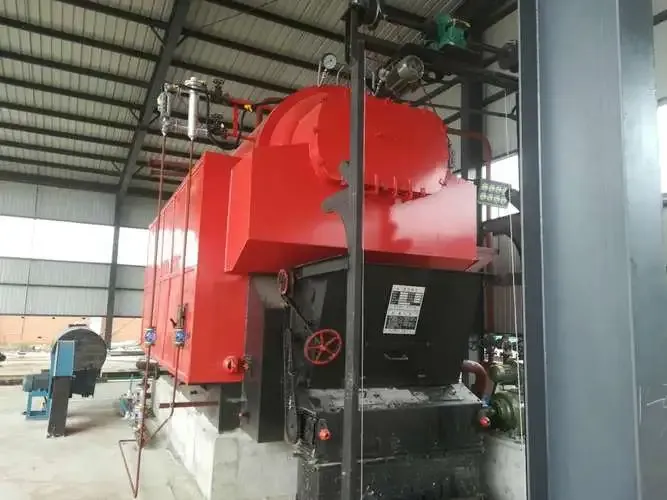
(biomass steam boiler)
FAQS on biomass steam boiler
Q: What is a biomass steam boiler?
A: A biomass steam boiler is an industrial boiler that generates steam by burning biomass fuels. These fuels typically include wood chips, pellets, or agricultural waste. Biomass steam boilers offer a renewable and eco-friendly alternative to fossil fuel boilers.
Q: What does a biomass fired steam boiler do?
A: A biomass fired steam boiler produces steam for industrial processes or heating by combusting biomass materials. It works similarly to conventional steam boilers but uses renewable resources. This helps reduce greenhouse gas emissions and fuel costs.
Q: What does a biomass boiler burn?
A: A biomass boiler burns organic materials such as wood pellets, chips, and agricultural by-products. These fuels come from renewable sources. Using biomass as fuel helps lower environmental impact compared to fossil fuels.
Q: Why choose a biomass steam boiler over a traditional boiler?
A: Biomass steam boilers use renewable, carbon-neutral fuels, reducing environmental footprints. They can also lower fuel expenses over time. Besides, they often qualify for government incentives for green energy.
Q: Are biomass steam boilers environmentally friendly?
A: Yes, biomass steam boilers are considered environmentally friendly because they use renewable resources. They emit less carbon dioxide compared to fossil fuel boilers. This makes them a sustainable choice for steam generation.
-
High-Efficiency Coal Fired Hot Water Boiler Solutions
NewsAug.28,2025
-
Types of Coal Fired Steam Boiler: Efficient & Reliable Solutions
NewsAug.27,2025
-
Premium Gas Fired Hot Water Boiler For Sale | High Efficiency
NewsAug.26,2025
-
Types of Coal Fired Steam Boiler: Efficient & Reliable Solutions
NewsAug.25,2025
-
High-Efficiency Gas Fired Thermal Oil Boiler Solutions
NewsAug.21,2025
-
Efficient Coal Fired Thermal Oil Boiler - Stable Industrial Heat
NewsAug.19,2025
Related PRODUCTS






